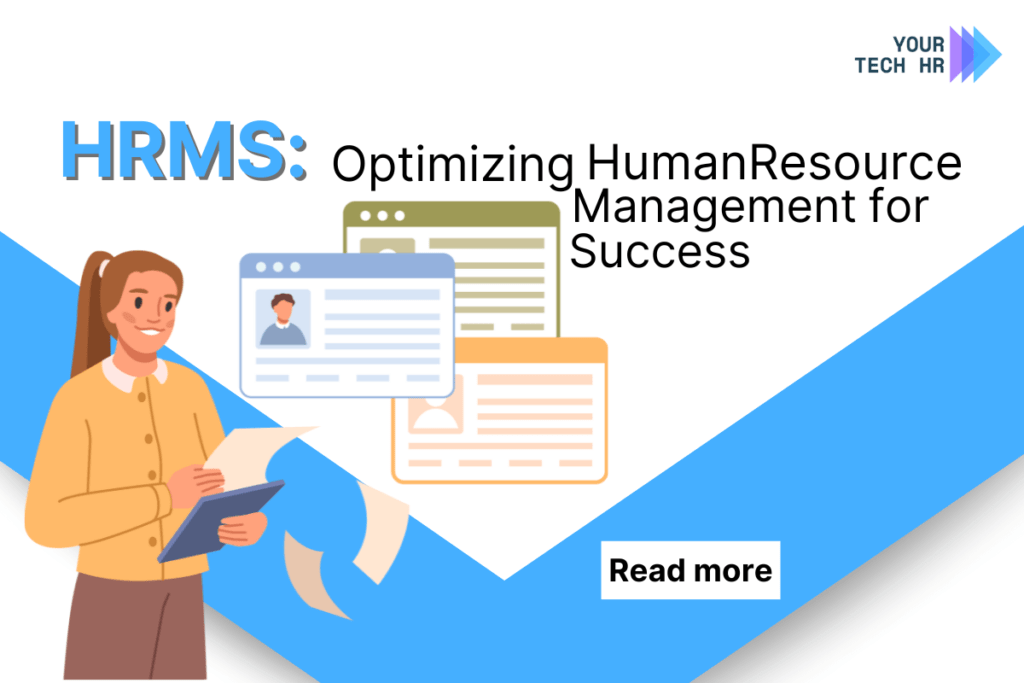Imagine a frantic HR manager, drowning in paperwork, struggling to juggle recruitment, onboarding, and performance reviews – a chaotic scene straight out of an office comedy. Sound familiar? Unfortunately, inefficient HR processes are no laughing matter. They cost businesses big bucks, with a recent ADP report revealing that poorly managed HR can drain up to $1,400 per employee annually. But fear not! The answer lies in the HR Framework, a strategic roadmap to organize, automate, and optimize your HR practices.
Demystifying the HR Framework
An HR Framework isn’t some dusty HR jargon; it’s a living, breathing blueprint for your people-centric processes. It defines your HR models, outlining the structures and systems that govern employee management. Think of it as the conductor orchestrating the symphony of talent acquisition, development, and retention. Frameworks come in various flavors, like the Harvard Model that focuses on strategic alignment, or the Best Practice Model emphasizing industry-standard methods. Choosing the right one depends on your organization’s unique needs and goals.
The Latest Moves: HR Frameworks in the Age of Agility
But frameworks aren’t static monuments. They need to adapt to the ever-evolving business landscape. Here’s where things get exciting:
- Talent Management Frameworks are taking center stage, emphasizing personalized learning and development pathways to future-proof your workforce. A 2023 LinkedIn report states that 73% of learning and development professionals are prioritizing personalized learning experiences.
- HR Systems are shedding their clunky image, embracing cutting-edge AI and automation to streamline tasks like payroll and benefits administration. Gartner predicts that by 2025, 70% of organizations will use AI-powered HR tools.
- Data-driven HR is no longer a buzzword, but a reality. Organizations are leveraging analytics to predict workforce trends, measure the impact of HR initiatives, and make data-backed decisions. A recent SHRM survey found that 83% of HR professionals believe data analytics is critical for effective HR strategy.
Beyond the Basics: Human Resource Structures
Now, let’s delve into the often-overlooked aspects of HR Frameworks:
- Employee Experience (EX): It’s not just a trendy term; it’s the key to attracting and retaining top talent. Your framework should consider initiatives that foster engagement, well-being, and a positive work environment. A 2023 Gallup report found that companies with engaged employees outperform those with disengaged employees by 21% in profitability.
- Diversity, Equity, and Inclusion (DE&I): Building a diverse and inclusive workforce isn’t just the right thing to do; it’s also good for business. A McKinsey report revealed that companies with higher diversity perform 25% better financially. Make sure your framework incorporates strategies to attract, develop, and retain diverse talent.
- Agility and Adaptability: The business world is unpredictable, and your HR framework should be too. Design it with flexibility in mind, allowing you to quickly adjust to changing market demands and workforce trends.
Conclusion:
Building a robust HR Strategies might seem daunting, but the rewards are undeniable. With optimized processes, engaged employees, and a future-proof talent pool, you’ll watch your business flourish. Remember, it’s not just about paperwork; it’s about investing in your most asset – your people. So, ditch the chaos and embrace the framework – it’s the key to unlocking your HR’s true potential.


